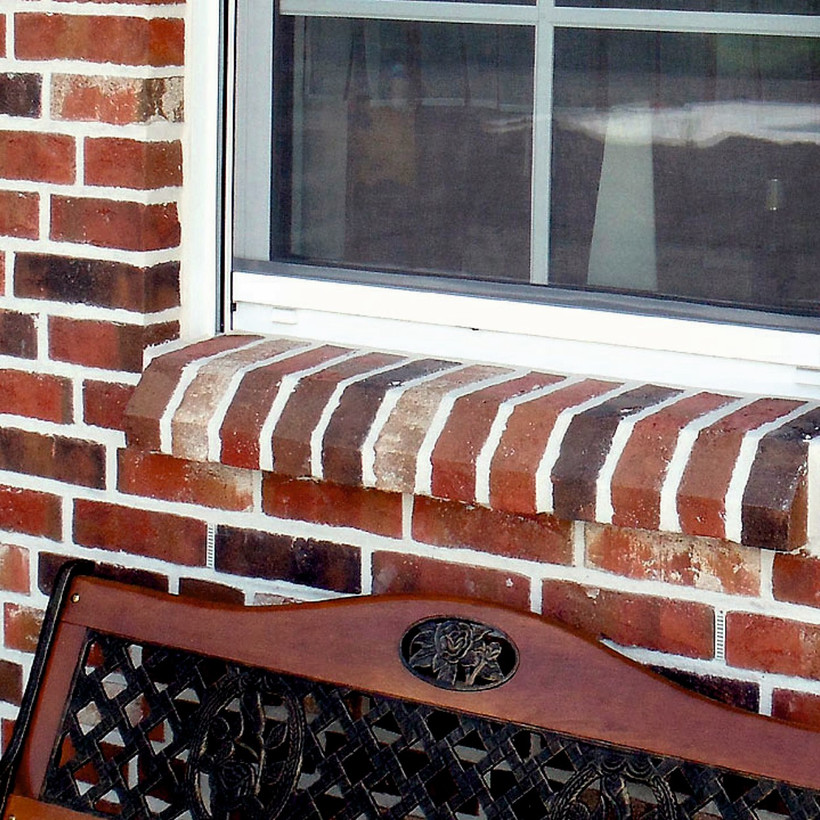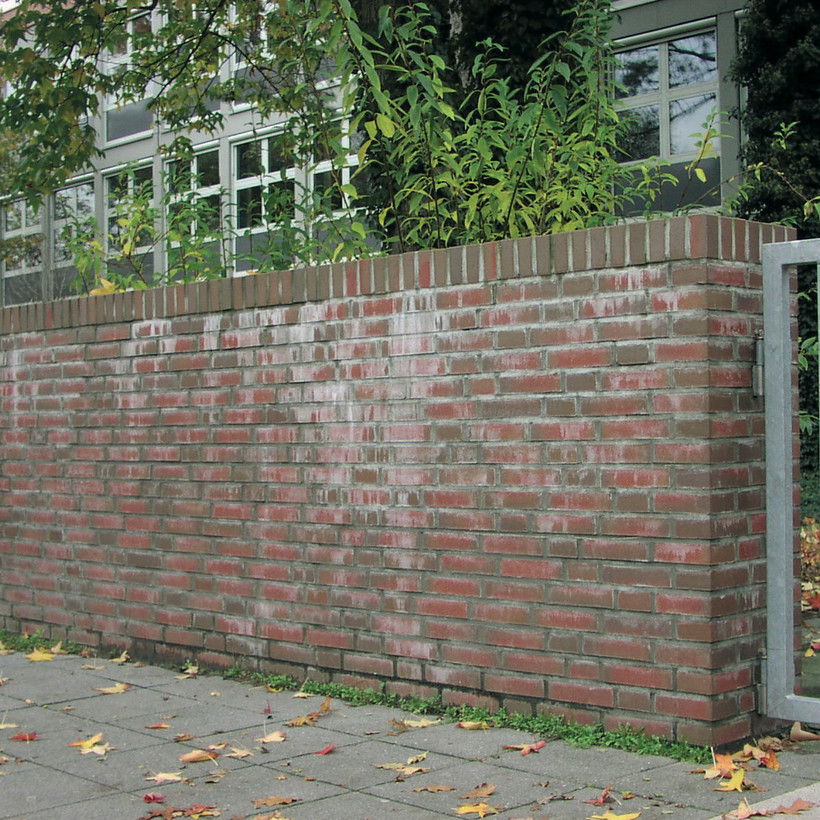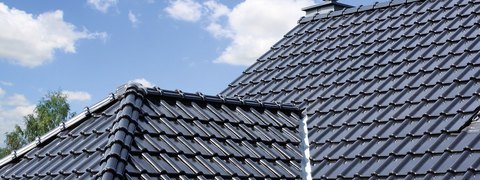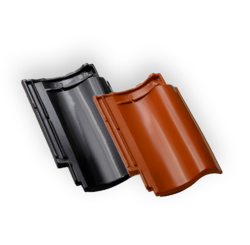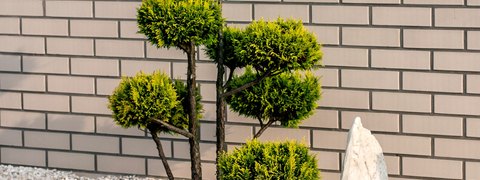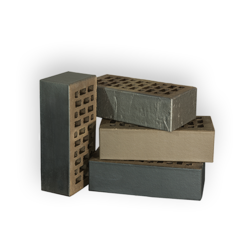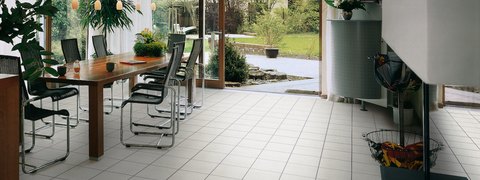How to avoid efflorescence?
It is of some importance that, as compared to other materials (e.g. plaster), it requires practically no renovation work. To preserve the aesthetic appearance of brick façades for many years, it is necessary to protect them from efflorescence - white deposit formed on the surface of bricks.
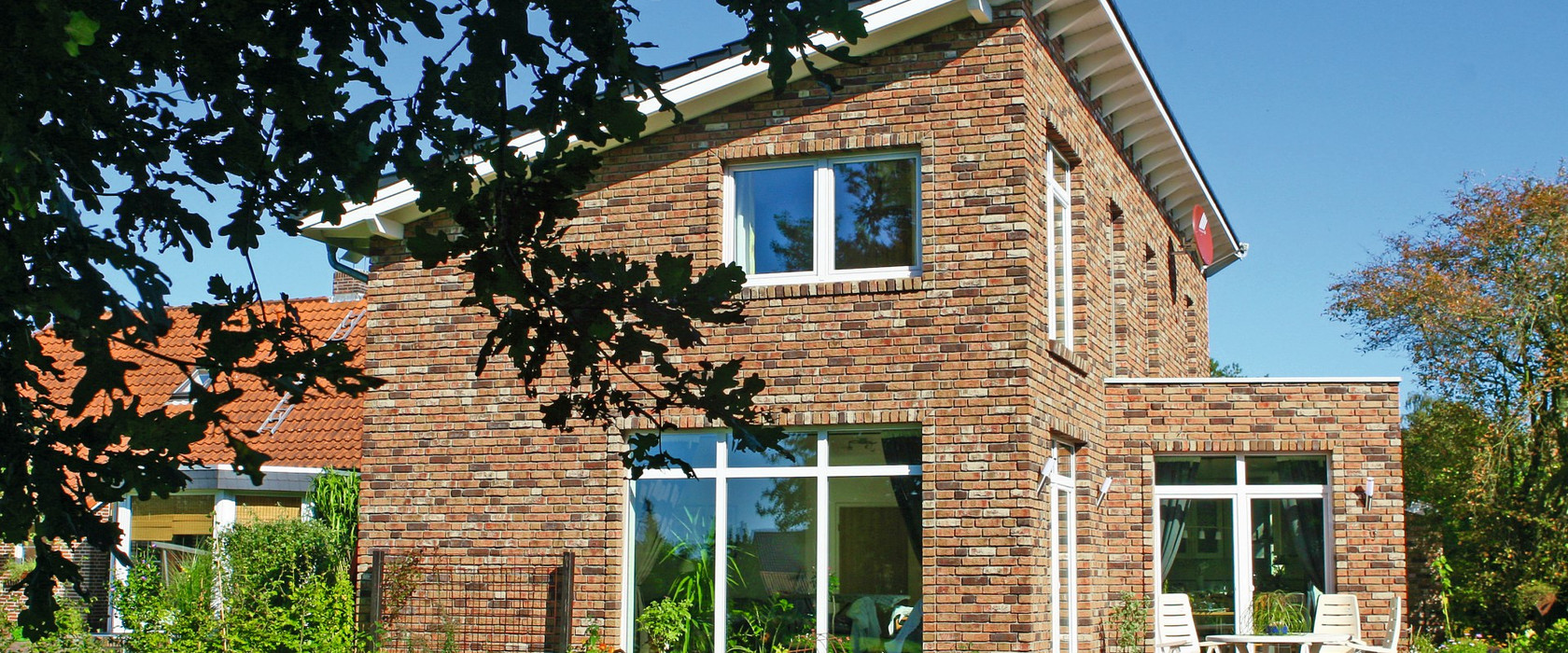
What causes efflorescence?
In order to effectively deal with efflorescence, the first thing to find out is the source of their emergence. Appearance of efflorescence is the result of dissolving salt, contained in the clinker or mortar used. Under the influence of water or moisture, the dissolved salts are washed out to the surface of the wall, where they form white streaks. These processes are aided by lack of effective ventilation of the wall structure, and hence the accumulation of moisture inside. How to avoid efflorescence?
The use of suitable clinker mortar is the first step in the fight against efflorescence. Wrong choice of mortar is often the reason for the appearance of white deposits. Prevention of efflorescence is also related to proper construction and exploitation of the building. As mentioned earlier, ineffective ventilation also contributes to formation of deposits.
Therefore, in order to avoid the problem, air circulation inside the wall structure should be ensured. Moisture drainage will prevent the salt from being washed out. It is also necessary to protect the shielding layer against water intrusion, mainly by ensuring tight masonry joints and professional flashing.
How to remove efflorescence?
First of all, the cause of formation should be eliminated, which requires securing the wall from moisture. After sealing problematic areas, clean the surface of the facade from efflorescence, using special formulations. In addition, the clinker wall can be impregnated with hydrophobic agents, which cause falling water to flow over the surface without penetrating into the wall.
